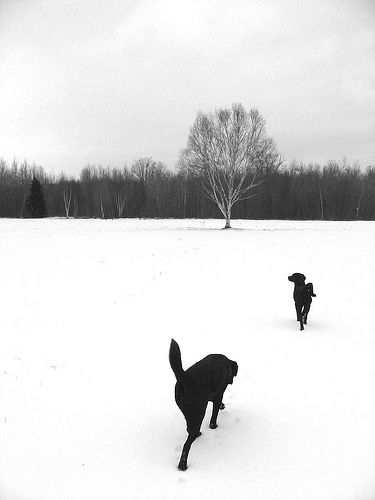"They're Not Comfortable with Themselves"
"They're good people dogs, but they're not good dog dogs."
Then she explained something I still don't entirely understand about how they're well behaved when I'm around because they know how to behave when I'm there--which is to take care of me--but when they're alone with dogs they don't know how to Be because somehow they're still trying to protect me. (I think I get it up to the point where they're trying to protect me when I'm not there.)
So I begged for advice and the trainer said I should take them to the dog park on-lead and walk the perimeter while giving them treats and not pausing to interact with the other dogs because I need to teach them that the dog park is a good place. (I thought they already liked it there but just got into occasional scuffles there.) When I said I'd read that you shouldn't use a lead at the dog park because it makes your dog want to protect you the trainer said that's only the case when you stop to interact with other dogs. She said I'm supposed to begin by walking the perimeter outside the fence, then a few weeks later go inside along the perimeter and then later let each dog off-lead but only during a time (like 6 a.m.) when only one dog is around. (Of course I worry that the only human who'd bring a dog to the dp at 6 a.m. would be another mental case with an imbalanced dog.)
They said I could bring both dogs back for a re-interview in 3 months.
When I asked for more specific advice and shared more details about our daily routine and domestic situation the trainer said something very close to, "Honestly, honey, what you need to do is get Zen with these dogs. You have to devote peaceful time alone with them every day, in a set routine, to get all of you in balance."
Ouch. Did she ever get my situation.
During my 80/20 post a few weeks ago I vowed something like this. Now it's become a therapy prescription for me and for the dogs.
If only it were the beginning of summer (and not the beginning of the most overloaded teaching and travel semester of my entire career when I'm also standing for tenure and contending with a heart-rending family reconfiguration) this might all seem manageable. Part of me is excited and enthusiastic in the way I get when facing a real challenge or a new chapter in my life. Part of me is hanging on by the toenails.



